Review| Kubo and the Two Strings
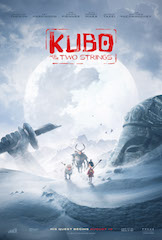 Animated movies have been stagnant as of late. Since 2015’s Inside Out, which ended up as my favorite movie of last year, there have been over a dozen major releases from big name animation studios. While some smaller animation studios have put out a handful good to great movies—Anamolisa, When Marnie Was There, and Boy & The World—the major studio wide-release movies have largely disappointed. Some might argue Zootopia & Finding Dory as great movies, however, I found both of them, while incredibly immersive, to be inadequate successors to Inside Out’s visual, narrative, and emotional depth. Laika Studio’s Kubo and the Two Strings has come the closest to achieving the aforementioned Oscar-winner’s excellence.
Animated movies have been stagnant as of late. Since 2015’s Inside Out, which ended up as my favorite movie of last year, there have been over a dozen major releases from big name animation studios. While some smaller animation studios have put out a handful good to great movies—Anamolisa, When Marnie Was There, and Boy & The World—the major studio wide-release movies have largely disappointed. Some might argue Zootopia & Finding Dory as great movies, however, I found both of them, while incredibly immersive, to be inadequate successors to Inside Out’s visual, narrative, and emotional depth. Laika Studio’s Kubo and the Two Strings has come the closest to achieving the aforementioned Oscar-winner’s excellence.
Their fifth animated feature-length film, Kubo builds on the steady success of predecessors like Corpse Bride, Coraline, and The Boxtrolls. As with their previous features, the Laika team employs stop-motion animation to create richly textured characters and striking set pieces. While still using CGI to layer visuals and background set pieces, the hand-made stop-motion animation lends a certain intimacy and warmth to the characters often missing from its fully CGI-animated cousins.
While there are certainly exceptions, Pixar movies being an example, a lot of fully CGI-animated movies create an emotional barrier between it and the audience when the animation lacks a certain life and intimacy to match its vision. I think of a movie like Minions, where the obnoxious characters and goofy antics clash with a very realistic New York and London. Likewise, a lot of the second and third-tier CGI movies, overall, seem incredibly sterile and empty of a lived-in, worn feel. Kubo’s folksy and earthen visuals match its vision of heroic Samurais in feudal Japan and creates a sense of wonder, earnestness, and adventure.
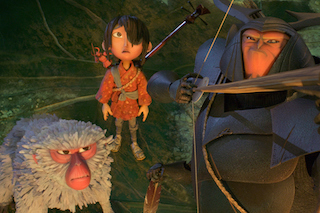 Following a very simple formula of the hero’s journey, Kubo is a young boy thrilled by stories of great warriors as told by his ailing, forlorn mother. He travels daily from their home on a cliffside to a nearby small village to regale the townspeople with the stories his mother tells while playing his shamisen, a traditional Japanese three-stringed lute. His life takes a major turn when the stories his mother tells of his father and him turn out to not be merely fanciful tales but actual truth. It leads him on a quest to find three mythical pieces of armor to protect himself and his family from the evil Moon King, voiced by Ralph Fiennes, and his two daughters, voiced by Rooney Mara. Along the way, he befriends a protective monkey, voiced by Charlize Theron, and a beetle samurai warrior, voiced by Matthew McConaughey.
Following a very simple formula of the hero’s journey, Kubo is a young boy thrilled by stories of great warriors as told by his ailing, forlorn mother. He travels daily from their home on a cliffside to a nearby small village to regale the townspeople with the stories his mother tells while playing his shamisen, a traditional Japanese three-stringed lute. His life takes a major turn when the stories his mother tells of his father and him turn out to not be merely fanciful tales but actual truth. It leads him on a quest to find three mythical pieces of armor to protect himself and his family from the evil Moon King, voiced by Ralph Fiennes, and his two daughters, voiced by Rooney Mara. Along the way, he befriends a protective monkey, voiced by Charlize Theron, and a beetle samurai warrior, voiced by Matthew McConaughey.
While very straightforward, Kubo’s journey carries a lot of similarities to Luke Skywalker’s journey in Star Wars—surprise, surprise, the Star Wars guy brings up Star Wars. There is the longing for adventure, the loss of everything, refusal of the call, taking up of the quest, fighting through adversity, and the reveal of a villain with a twist. It even has the fun visual easter egg of the Moon King’s armor having an eclipsed moon that looks an awful lot like the Death Star. Of course, Lucas was influenced by Kurosawa and the more direct hero’s journey comparison would be to multiple Akira Kurosawa movies. Director Travis Knight and the Laika team clearly had a vision to recreate the Japanese cinematic legends’ samurai aesthetic, epic storytelling, and focus on depth of character and solemnity.
It’s this Kurosawa-like, solemn approach to the major themes of the movie that separate from movies on an equal thematic footing. Often a movie’s themes are a bit overstated, hyperactive, and melodramatic—Finding Dory being the most recent culprit. Like a breath of fresh wind, Kubo embodies the more ancient Japanese cultural value of a contemplative approach to deeper emotion. The most overt example of this being the treatment of death. When a character dies, usually a violent one, the movie cuts away from the impending violence. I do not believe this is done to spare children an on-screen death, but the feeling has more to do with taking in the gravity and weight of the death whether a hero or villain. There is the quality of added of not just seeing the death, but there being no lingering shot of the dying person’s face or mourning over the body. The movie’s mood is one of solemn acceptance of death.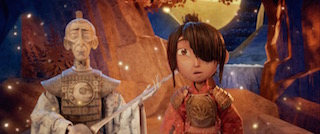
However, as heavy of a subject as this seems for a children’s movie, the main final conflict of the movie wrestles with the cold, hard finality of a loved one’s death and the warmth of their presence and memory. The visual cues in the final act are cut and dry; dark and light, cold and warmth, loss and remembrance, divinity and humanity. This last dynamic of the spiritual, cold divinity versus warm, loving humanity, is a common trope in Kurosawa’s movies. The gods are often seen as either cruel and unloving or cold and indifferent. Humanity is either doomed to have their light snuffed out by a hateful deity or have their cries ignored by an aloof god.
The path Kubo and the Two Strings battles, literally and figuratively, over this dichotomy. While this wrestling of the darkness and the light, it reminds the Christian viewer of John 1:5, “The light shines in the darkness, and the darkness has not overcome it.” Where human experience might see humanity as warmth and God as cold, it is really the exact opposite. God has condescended into humanity in the person of Jesus Christ, literally, God becoming humanity. And Jesus was not a cold, distant figure unacquainted with humanity, but he is Immanuel, God with us. To put a Kubo-like spin on 1 John 2:8, the cold darkness of humanity is passing away and the true light is already basking us in its warmth.


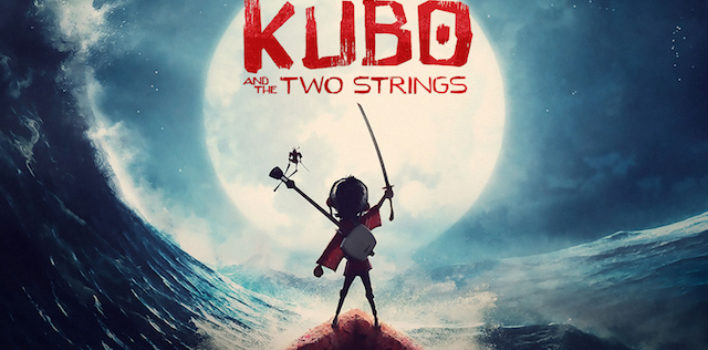
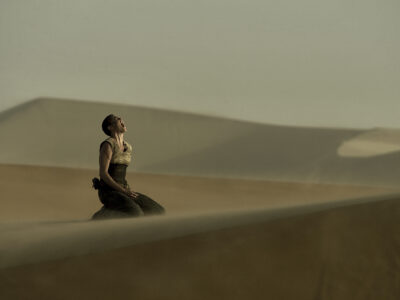
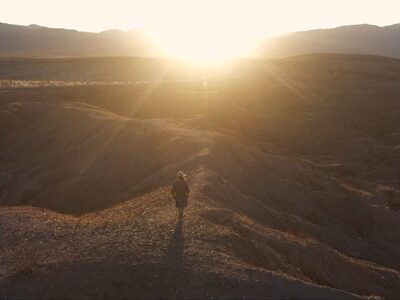
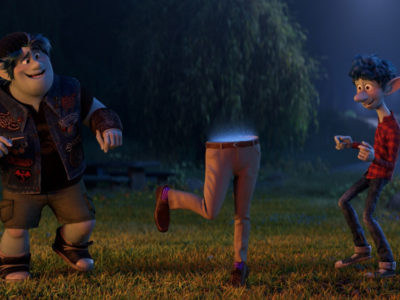


Pingback: #110 – Kubo and the Two Strings and Redemptive Storytelling | Reel World Theology